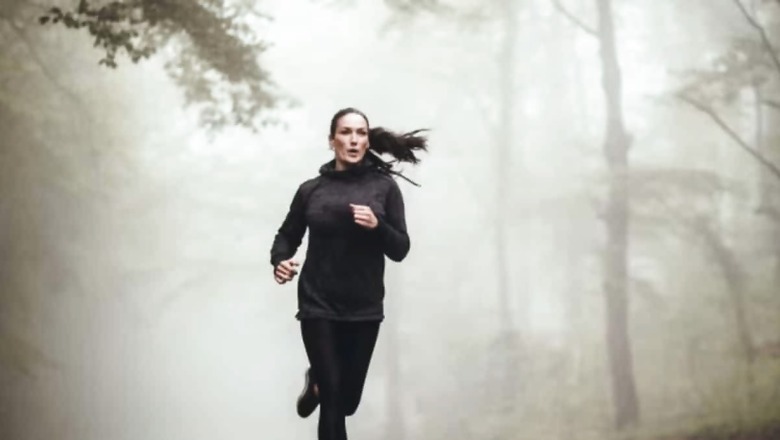
views
If you prefer walking for exercise, there’s an easy way to enhance your routine: turn your walk into a ruck. Rucking, a form of exercise where you walk with weight on your back, is gaining popularity. More people are discovering that rucking is an excellent way to intensify their walking routine and accelerate weight loss. This exercise provides a full-body workout that is both accessible and effective, combining the simplicity of walking with the added challenge of carrying weight.
All of the information we need to start rucking properly, understand its benefits, and lose weight is provided here:
What exactly is rucking?
Rucking is the practice of walking with a weighted backpack, sometimes known as a ‘ruck’. The phrase is derived from the military, where “ruck marches” are a common aspect of training. This exercise is not limited to the military. It’s becoming a trendy workout fad among individuals trying to increase the intensity of their walks without the effect of running or the necessity for a gym.
Rucking may be done anywhere, whether it’s a walk around our neighbourhood, a hike in the woods, or simply a stroll through town. The increased weight makes things more challenging, forcing your body to work more and burn more calories.
Benefits of Rucking
Although losing weight is one of the main advantages of rucking, there are many other benefits to including it in your exercise regimen. Cardiovascular endurance is enhanced by rucking. This can eventually result in lower blood pressure and a stronger heart, which lowers the risk of heart disease.
We must maintain good posture and use our core when carrying weight on our backs. This can increase general stability and lower the chance of injury when performing other tasks. Like any activity, rucking releases endorphins, which are the body’s endogenous mood enhancers. In addition, it offers a chance to decompress or commune with the natural world, which contributes to mental health.
How does it help people lose weight?
Rucking can be a game-changer for losing weight. When we add weight to our walk, the quantity of calories expended increases considerably. Walking with a 10-15 per cent bodyweight load can enhance calorie expenditure by up to 30 per cent more than walking without weight.
Rucking works many muscle areas, such as our core, shoulders, back, and legs. This full-body activity means we are not just burning calories, but also growing muscle, which can boost our metabolic rate even more.
Rucking engages multiple muscle groups, including our core, shoulders, back, and legs. This full-body engagement means we’re not just burning calories; we’re also building muscle, which can further enhance our metabolic rate.
It’s important to start gently and increase the weight and distance gradually.


















Comments
0 comment